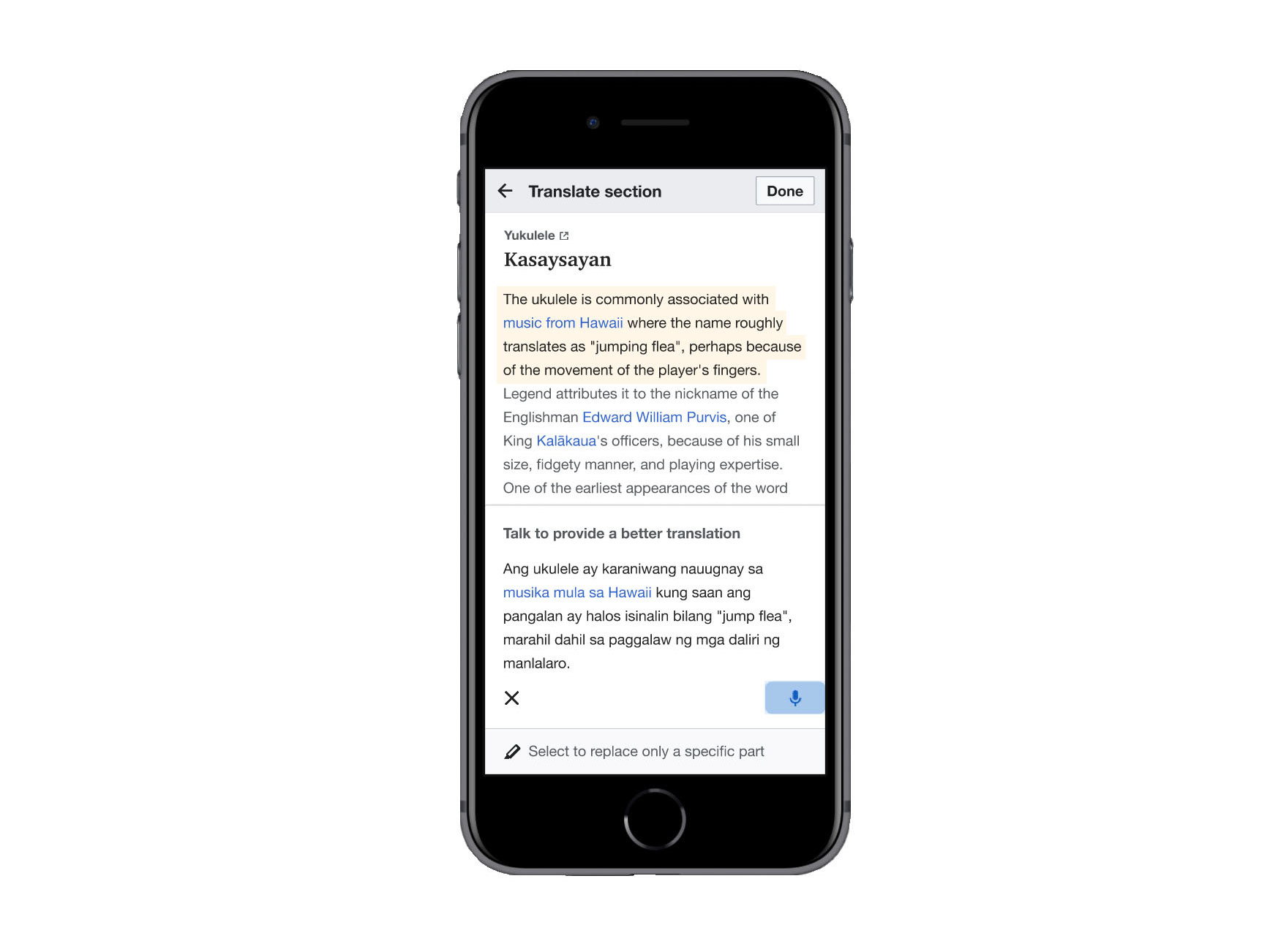Overview
This project was born out of a desire to help people optimize their driving and commuting time by providing them with faster and effortless way to manage stops along the way. For the purpose of this project I have designed an Alexa skill to assist drivers to quickly find, add and access different locations primarily using voice commands. For a more effective and well-rounded experience, I have explored the possibility of a multi-modal interface based on Tesla's in-car navigation dashboard.
GOAL: Provide a way for drivers to manage their stops, like a to-do list of locations.
CLIENT: TBD
ROLE: Voice UI/UX & Conversation Designer
Problems in Existing Navigation
1. Currently, there is no way for users to plan their stops on a long journey, by searching for or inputting generic places/services such as coffee, food fuel or rest area.
2. Some of the common problems that a user runs into while using Google Maps is that when adding multiple stops, the system is unable to take into account the user's context. The user manually picks from multiple nearby options to input the closet one to their destination. This easily involves 10+ steps! Let's look at a user journey below:
- Open Google Maps app
- Look for Scotty’s donuts, tries to decide which one I want to go to (there are two locations)
- Search for Walgreens locations, but the results aren’t shown in context to your already-planned route, so I try out two different Walgreens locations to see which route I like better
- Look for Target. Again, location results aren’t shown in context to my planned route, but I can guess which one makes more sense
Problem Statement
How might we optimize the commuting time for drivers by managing the stops that they make along the way for chores/errands? My initial hypothesis was that people might need voice assistance with shopping on the go. But surveying over 50 participants aged 25-45 as well as interviews with few other users revealed that most people preferred to multi-task on their commute. Parents with young kids especially expressed the need for a way to optimize their journey to the destination--so more like someone to manage their route and to-do list on the go--than assistance to create the shopping list itself.
User Research
I interviewed 5 users to uncover their pain points and day-to-day challenges while driving. Based on this research, I created a human persona and a system persona suitable to my use case.



User Stories & Intents
Based on user research and stories I came up with an initial set of intents that would help the users of this in-car voice assistant accomplish their goals.
Dialogue Flow Prototyped in Voiceflow & Adobe XD
Video of Voice Interaction with In-car Navigation
Key Takeaways:
- Participants wanted to be reminded of what time they were going to get to a certain place. Once they knew the duration of the detour they'd work backwards from the ETA of their final destination.
- If the voice app should be able to recommend a stop that is either closer to the user's current location or is easier to get to.
- Every participant viewed and expressed time differently. During the testing sessions, the variety of utterances that the participants used to indicate time included for example, 9:15, 10 o'clock, in 1 hour, a few minutes later, 10, 10 am, then, in 10 miles (approx. 10 min.)
- Map could be minimized when focusing on directions, nudges or recommendations.
Next Steps:
- Write up a design proposal
- Discuss this case study with someone that works on voice and multi-modal interactions.
- Work on fine-tuning the main intents and their flows.
- Iterate on existing designs to create a production-ready prototype.






